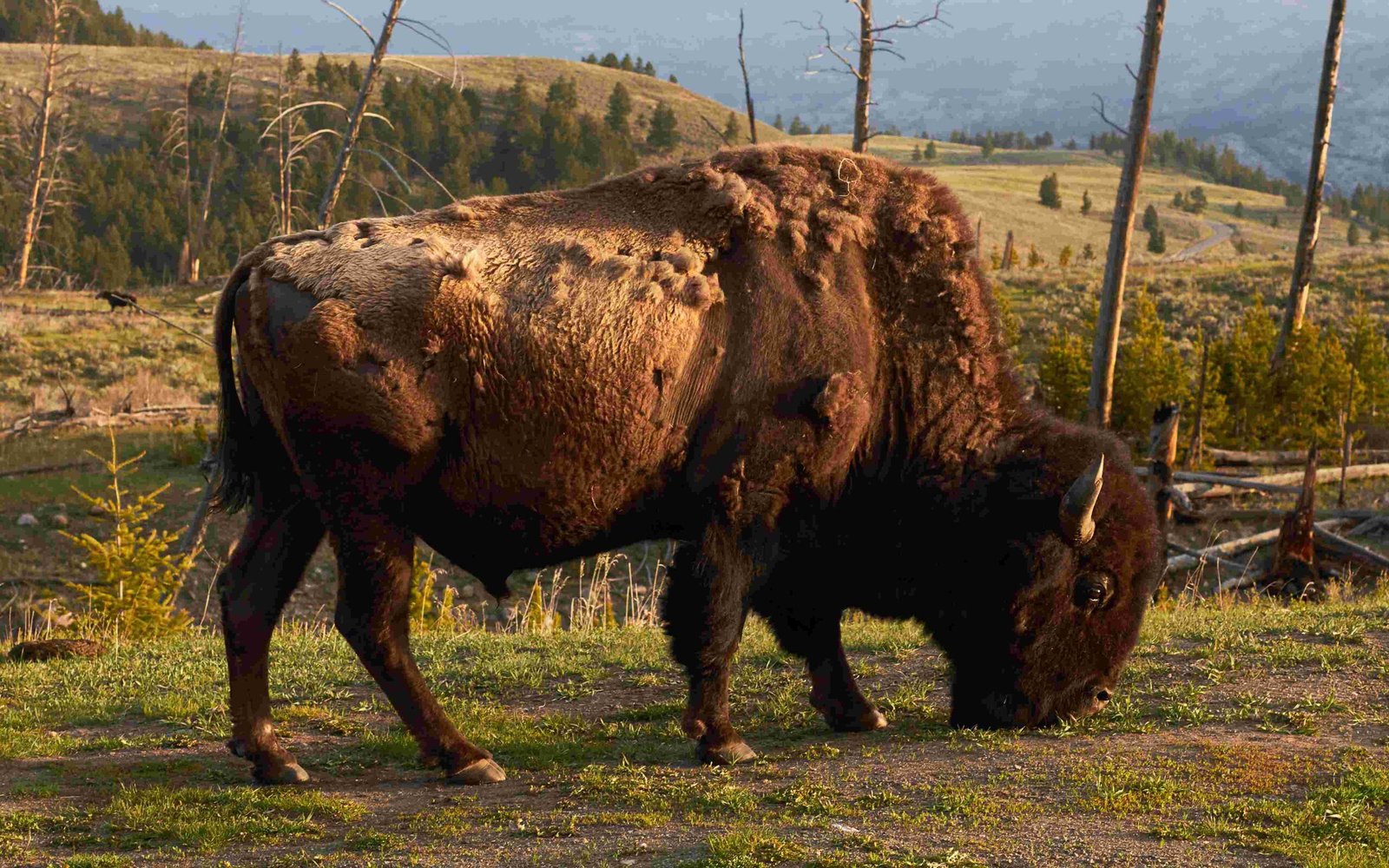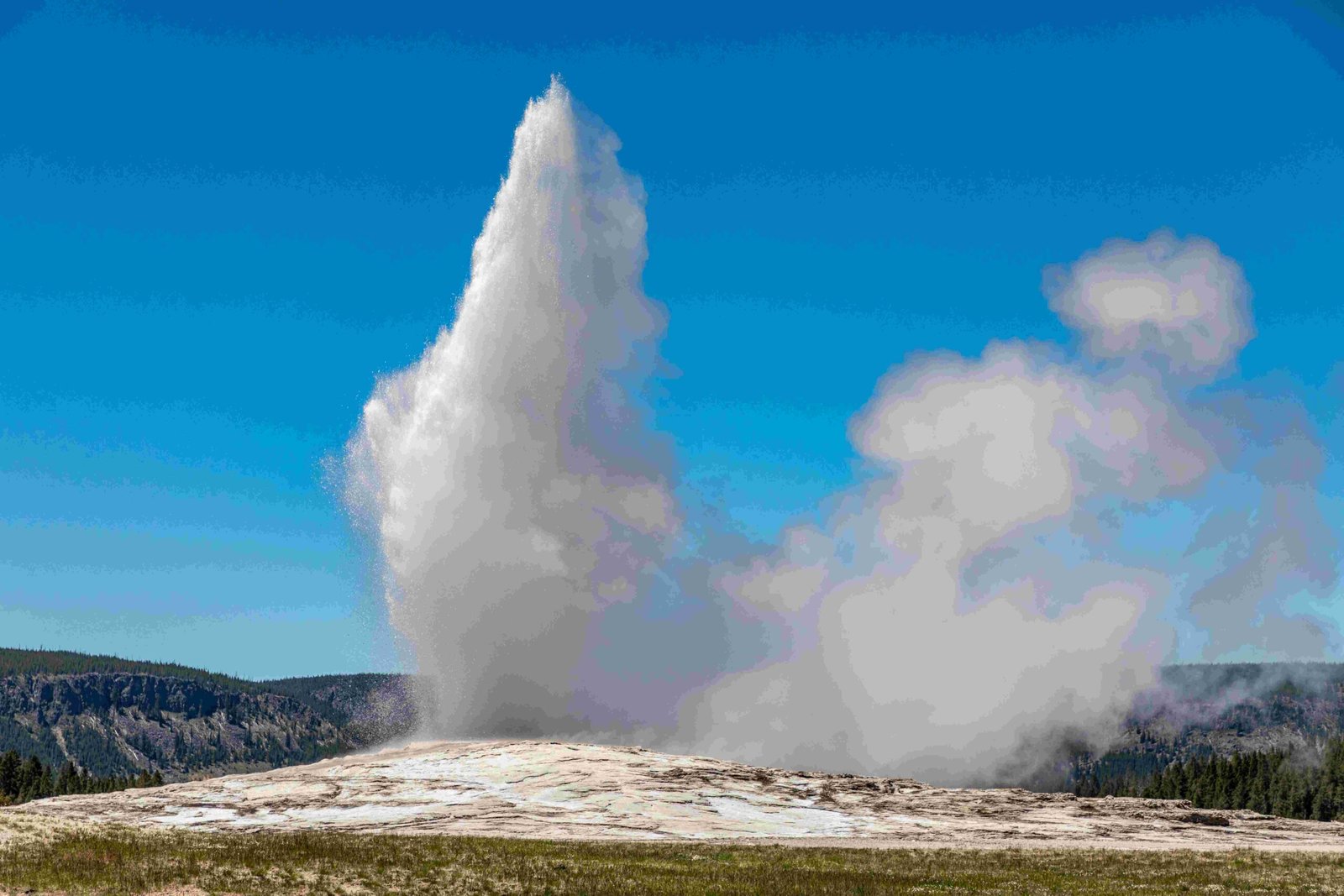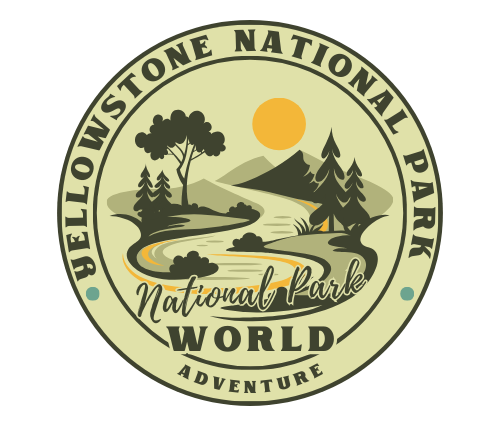Witnessing bears in Yellowstone National Park is an exhilarating experience that combines the thrill of wildlife encounters with the beauty of America’s first national park. From grizzlies foraging in Hayden Valley to black bears roaming the forests, Yellowstone offers unique opportunities to observe these magnificent creatures in their natural habitat. This article explores the unforgettable experience of seeing bears in Yellowstone, providing essential information on bear sightings, safety tips, and the best times to spot these iconic animals.
What Types of Bears Can You See in Yellowstone?

Yellowstone National Park is home to two species of bears:
- Grizzly Bears (Ursus arctos horribilis)
- Population: Approximately 150-200 in the park
- Distinguishing features:
- Prominent shoulder hump
- Dish-shaped face
- Silver-tipped coat
-
Habitat: Varied, including valleys and mountainous areas
-
Black Bears (Ursus americanus)
- Less common than grizzlies in Yellowstone
- Distinguishing features:
- No shoulder hump
- Straight facial profile
- Uniform black, blue-gray, or brown coat
- Habitat: Prefer forested areas
Where Are the Best Locations to Spot Bears in Yellowstone?

While bears can be seen throughout the park, certain areas offer higher chances of sightings:
- Hayden Valley
- Prime grizzly bear habitat
- Known for high concentrations during summer
-
Up to 23 individual grizzlies observed on a single bison carcass
-
Lamar Valley
- Often called “America’s Serengeti”
-
Excellent for wildlife viewing, including bears
-
Tower-Roosevelt Area
-
Diverse habitat suitable for both black and grizzly bears
-
Mammoth Hot Springs
-
Black bears often spotted in the surrounding forests
-
Fishing Bridge and Lake Area
- Bears frequently seen foraging along the lakeshore
When Is the Best Time to See Bears in Yellowstone?
Timing is crucial for bear sightings in Yellowstone:
Seasonal Timing:
- Spring (March-May):
- Male grizzlies emerge from hibernation in early March
- Females with cubs emerge in April and early May
-
Bears often visible in lower elevations searching for food
-
Summer (June-August):
- Peak bear activity, especially in Hayden Valley
-
Concentrated around food sources like bison and elk carcasses
-
Fall (September-November):
- Bears actively foraging to prepare for hibernation
- Increased activity in berry patches and whitebark pine stands
Daily Timing:
- Dawn and Dusk: Highest bear activity
- Daylight Hours: Safest time for visitors to observe bears from a distance
What Safety Precautions Should I Take When Viewing Bears?
Observing bears in their natural habitat is a privilege that comes with responsibilities:
- Maintain Distance
- Stay at least 100 yards (91 meters) away from bears
-
Use binoculars or spotting scopes for close-up views
-
Carry Bear Spray
- Always have it accessible
-
Know how to use it properly
-
Travel in Groups
- Hike or ski in groups of three or more
-
Make noise to alert bears of your presence
-
Stay Alert
- Be aware of your surroundings
-
Look for signs of bear activity (tracks, scat, diggings)
-
Proper Food Storage
- Use bear-proof containers or food storage boxes
-
Never leave food unattended
-
Report Sightings
- Inform park rangers of bear sightings or encounters
How Can I Identify a Bear I’ve Seen?
Distinguishing between grizzly and black bears can be challenging. Here’s a quick guide:
| Feature | Grizzly Bear | Black Bear |
|---|---|---|
| Shoulder | Prominent hump | No hump |
| Face | Dish-shaped profile | Straight profile |
| Ears | Small and rounded | Larger and pointed |
| Claws | Long (2-4 inches) | Shorter (1-2 inches) |
| Size | Larger (up to 700 lbs) | Smaller (up to 300 lbs) |
| Color | Brown to blonde | Black, brown, or cinnamon |
What Should I Do If I Encounter a Bear Up Close?
If you find yourself in close proximity to a bear:
- Stay calm and assess the situation
- Slowly back away while facing the bear
- Speak in a low, calm voice
- Do not run or make sudden movements
- If the bear charges, stand your ground (most charges are bluffs)
- Use bear spray if the bear approaches within 25 yards
- If attacked by a grizzly, play dead; if attacked by a black bear, fight back
How Has Climate Change Affected Bear Behavior in Yellowstone?
Climate change has impacted bear behavior and habitat in Yellowstone:
- Earlier spring emergence from hibernation
- Changes in food availability and distribution
- Altered hibernation patterns
- Increased human-bear conflicts due to habitat shifts
Researchers continue to study these changes to better understand their long-term effects on bear populations.
What Recent Bear Sightings Have Been Reported in Yellowstone?
Recent bear sightings in Yellowstone have been exciting for visitors:
- The first grizzly bear sighting of 2024 occurred on March 3
- Observed by skiers on the Specimen Ridge Trail
- Located in the north-central part of the park
- Hayden Valley continues to be a hotspot for bear activity
These sightings serve as a reminder of the vibrant wildlife that calls Yellowstone home.
Experiencing the sight of bears in Yellowstone National Park is a memory that lasts a lifetime. By following park guidelines, respecting wildlife, and staying informed, visitors can safely enjoy the thrill of seeing these magnificent animals in their natural habitat. Remember, every bear sighting is a privilege and contributes to the ongoing conservation efforts in one of America’s most treasured wilderness areas.
References:
1. Yellowstone National Park News Release
2. Montana Outdoor
3. Unofficial Networks
